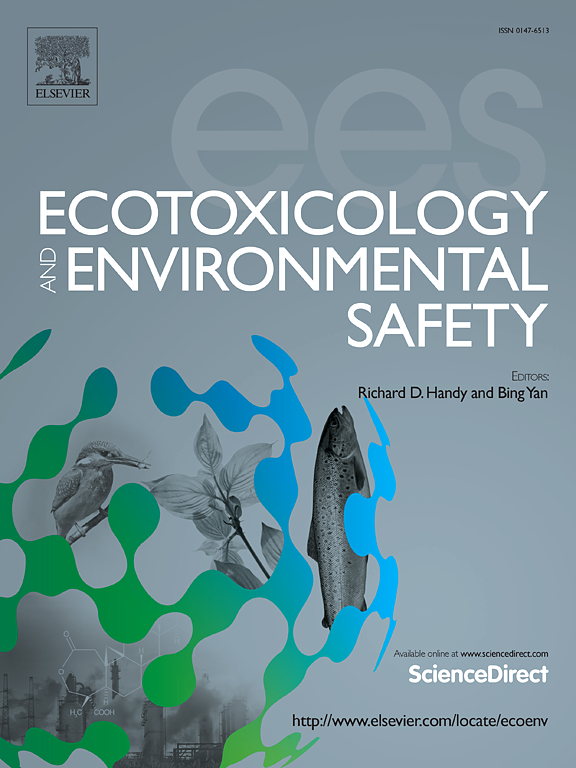Current scenario of emerging pollutants in farmlands and water reservoirs: Prospects and challenges
IF 6.2
2区 环境科学与生态学
Q1 ENVIRONMENTAL SCIENCES
引用次数: 0
Abstract
Globally, roughly more than 400 million metric tons of plastics are produced annually. Similarly, the pharmaceuticals business is rising exponentially yearly, 5.8 %. It is expected to increase from USD 714 billion to USD 1454 billion by 2029. Beyond their intended uses, these substances are released into the environment as contaminants due to improper usage and management practices. Therefore, pharmaceuticals and microplastics (MPs) are classified as emerging pollutants (EPs), and their existence in agricultural ecosystems adversely affects soil and environmental health, ultimately impacting both ecological and human well-being. Pharmaceuticals and MP-loaded organic amendments (especially manure) are a primary cause of emerging soil pollutants. The increasing application of treated wastewater or biosolids as irrigation water or soil conditioners, mainly when derived from untreated sewage sludge, can introduce pharmaceuticals and MPs into the farmlands, merging these pollutants within the soil medium. The co-occurrence of MPs and pharmaceuticals leads to prolonged environmental presence and gradual bioaccumulation in organisms over time, contributing to persistent contamination and long-lasting effects on ecosystems. Moreover, these EPs have the potential to alter the composition of soil biogeochemistry and disrupt overall soil health and productivity. Numerous methods have been developed to address this emerging issue, including electrochemical degradation, advanced oxidation processes, photocatalytic degradation, biosurfactants, micro- and nano-bubble systems, ultrasonic cavitation, nanotechnology, constructed wetlands, and many hybrid approaches. This review explores the extent of EPs, their interactions, and management strategies in EPs-contaminated environments.
求助全文
约1分钟内获得全文
求助全文
来源期刊
CiteScore
12.10
自引率
5.90%
发文量
1234
审稿时长
88 days
期刊介绍:
Ecotoxicology and Environmental Safety is a multi-disciplinary journal that focuses on understanding the exposure and effects of environmental contamination on organisms including human health. The scope of the journal covers three main themes. The topics within these themes, indicated below, include (but are not limited to) the following: Ecotoxicology、Environmental Chemistry、Environmental Safety etc.

 求助内容:
求助内容: 应助结果提醒方式:
应助结果提醒方式:


